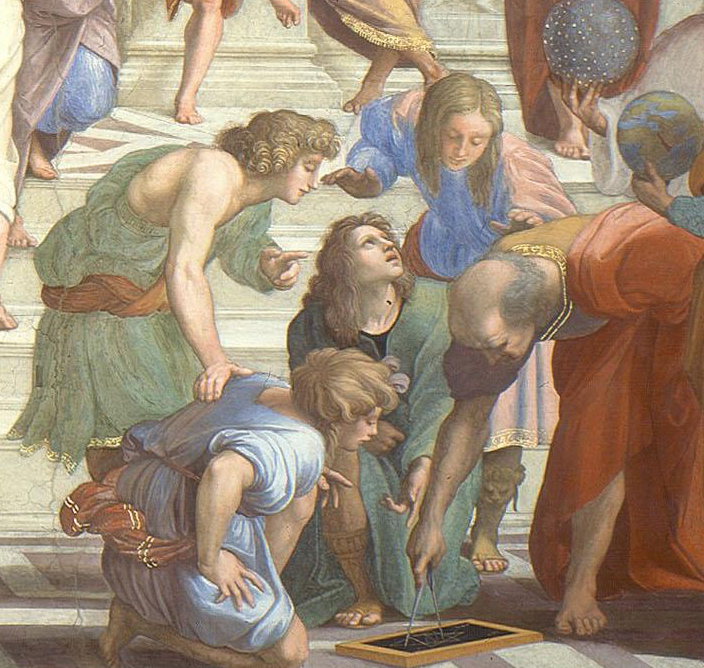That’s the title of a talk I gave at a meeting of the Popular Culture Association some years ago in Los Angeles. One of the many pleasant features of academic life is that you can occasionally take a breather from your more serious studies and hold forth on any subject that interests you. And so, having long been an admirer or both customized and racing cars, I decided to gather my thoughts together and present them to a roomful of other academics who had the same or similar sideline interests.
For most people, a car just is a vehicle to get you to where you want to go. A nice looking car is desirable, of course, but cheap initial cost and low maintenance expenditure are among the most important features of the family or personal car. Such vehicles should have decent “pick up,” but not monster engines that provide needless power at great expense. If you’ve got the money, you can buy a classy-looking German or Japanese car, then drive it around to impress yourself and your friends. But the thought of making alterations to the body of the car (except for adding a trailer hitch or some such utilitarian add-on) just for the sake of customizing its looks would never occur to the usual purchaser of automobiles.
Then there are the car lovers, fanatics, race drivers, customizers — a whole breed that takes cars seriously. Basically, these people who harbor a special care (love?) for their vehicles divide into two classes: Power and Beauty.
The power people like to race and win. The venue may be a drag strip, an oval track, a complex autocross maze, or any other place where power and skill make for winners and losers. Fort the serious contenders, such cars require a team of specialized caregivers who know their business and can respond quickly and professionally to the needs of the moment. The outstanding member of such teams, of course, is the driver, the one who can power to victory.
Drag Racer
The beauty class likes to show off their cars. Their venues are the many custom car shows (such as Hot August Nights in Reno or the Good Guys events around the country) , concours d’elegance, and local show-and-shine events. In general, there are three basic approaches to making a car beautiful according to the owner’s standards: Restoration, Mild Custom, and Radical Custom.
The restorers have an absolute standard for their efforts: Original Condition. The idea is to take the car back to the way it was when it first appeared in the showroom of its inaugural year. Any deviation from original condition — substituted parts, inauthentic paint job (original paint is best), or even hidden grease stains — mark the car down from the standard of 100% perfectly restored.
Doubly Classic: Restoration of Mae West's 1934 Duesenberg
The mild custom car obeys no such objective standard. The owner simply refines — subtracting and adding, inside and out — the original “look and feel” of the car. In some cases, such as the restomod, the modifications may even be invisible: improved suspension, a better sound system, even an entirely new engine. But the original lines and details of the restomod car are preserved, much as in the classic car restoration. But in general, the mild custom departs significantly, in external form and internal power train, from the original model.
Radically Mild: a 1939 Ford at the Pleasanton Good Guys Show
The builder of the radical custom car regards the original vehicle much as the way a sculptor might look at a block of marble: any modification is possible, even if the final product bears little or no resemblance to the starting vehicle. Chopping, sectioning, channeling, inserting parts from entirely different vehicles: anything goes in the realization of the customizer’s conception of what the final product should look like. They are the pure creations of automotive fantasy.
(For a glimpse of an ultra-radical car designed by George Barris in 1959, click here)
Detail of a radical custom that began life as a 1959 Buick
Customized cars may be the work of a single person; but more often, they are “team efforts,” though the term doesn’t denote the kind of single-minded dedication of the automotive race car team. The owner of a custom car often parcels out the work to individual specialists: the upholsterer, the welder, the pinstriper, etc.
Power often receives its due in the customized car, but only in a special sense. The opened hood may reveal a massively powerful engine, with a towering supercharger, headers leading to an unmuffled exhaust, etc. But the power is on display as an adjunct of beauty. Many parts are chromed and polished, neatly arranged, and are intended, not to give power, but to present it. The effect is analogous to the musculature of the body builder: power for the beauty of the display, not necessarily to be put into action.
There are exceptions to all the remarks above. For example, the “rat rod” presents a kind of intentional funkiness at the opposite end of the spectrum from the “trailer bitch” — the custom car so delicately and perfectly crafted that it is never driven, but only transported by trailer from show to show. The line between mild and radical custom is not so clearly defined as I have presented it, with some cars straddling the boundary. And the additions to the restomod may intrude into the original look and feel of the car.
Bad Attitude: a rat rod with mounted machine guns
The final product exhibited by the owner in a car show is always an autobiography. The car represents those qualities of a “ride” that the owners regard as the most desirable (within the boundaries of their financial means). They are dream cars, and as such present the owners’ ideas of beauty or coolness with objective clarity.
My favorite essay on the subject of customized cars:












